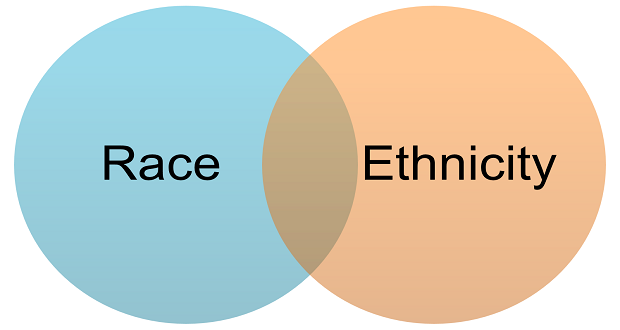Leadership profile – an effective leader
Leadership profile – an effective leader
(Leadership profile – an effective leader) Do you believe you have the traits to be an effective leader? Perhaps you are already in a supervisory role, but as has been discussed previously, appointment does not guarantee leadership skills.
How can you evaluate your own leadership skills and behaviors? You can start by analyzing your performance in specific areas of leadership. In this Discussion, you will complete Gallup’s StrengthsFinder assessment. This assessment will identify your personal strengths, which have been shown to improve motivation, engagement, and academic self-conference. Through this assessment, you will discover your top five themes—which you can reflect upon and use to leverage your talents for optimal success and examine how the results relate to your leadership traits. To Prepare: Complete the StrengthsFinder assessment instrument, per the instructions found in this Module’s Learning Resources. Please Note: This Assessment will take roughly 30 minutes to complete.
Once you have completed your assessment, you will receive your “Top 5 Signature Themes of Talent” on your screen. Click the Download button below Signature Theme Report, and then print and save the report. We also encourage you to select the Apply tab to review action items. Post a brief description of your results from the StrengthsFinder assessment. Then, briefly describe two core values, two strengths, and two characteristics that you would like to strengthen based on the results of your StrengthsFinder assessment. Be specific. Note: Be sure to attach your Signature Theme Report to your Discussion post. (Leadership profile – an effective leader)

Evaluating Leadership Skills through StrengthsFinder Assessment
The Gallup StrengthsFinder assessment helps individuals identify their unique strengths, enhancing their leadership abilities. Upon completing the assessment, I received my top five themes: Learner, Input, Responsibility, Analytical, and Achiever. These themes provide insights into my leadership traits and areas for improvement.
Description of Assessment Results
- Learner:
I have a strong desire to learn and continuously improve. I enjoy the process of becoming more competent. - Input:
I am inquisitive and collect information. I find joy in gathering knowledge, which helps in making informed decisions. - Responsibility:
I take ownership of tasks and am committed to completing them with high standards. I am dependable and trustworthy. - Analytical:
I have the ability to think critically and examine situations from various perspectives. I seek to understand the underlying factors. - Achiever:
I have a constant drive for accomplishing goals. I find satisfaction in productivity and meeting challenges head-on.
Core Values to Strengthen
- Integrity:
Integrity is essential in leadership. It fosters trust and sets a moral example for others to follow. By aligning actions with words and consistently upholding ethical standards, I can reinforce my commitment to integrity. - Empathy:
Understanding and sharing the feelings of others is vital in leadership. It helps build strong relationships and fosters a supportive environment. I aim to actively listen and be more considerate of others’ perspectives.
Strengths to Enhance
- Communication:
Effective communication is crucial for successful leadership. It ensures clarity, fosters teamwork, and helps convey visions and goals. I plan to work on delivering clear and concise messages and actively engaging in dialogues. - Adaptability:
Flexibility in adapting to changes and new challenges is a valuable trait. It allows for resilience and effective problem-solving. By embracing change and remaining open-minded, I can strengthen my adaptability.
Characteristics to Develop
- Delegation:
While I often take responsibility, effective delegation is essential. It empowers team members and improves overall efficiency. I aim to trust others with tasks and provide necessary support while avoiding micromanagement. - Conflict Resolution:
Handling conflicts constructively is a critical leadership skill. It maintains harmony and ensures productive outcomes. I will focus on addressing conflicts promptly and fairly, seeking win-win solutions.
Applying Strengths Finder Results
Reflecting on these results, I can leverage my strengths to enhance my leadership capabilities. For example, as a Learner, I can promote a culture of continuous improvement within my team. By utilizing my Analytical skills, I can make informed decisions and provide strategic guidance. My Responsibility trait ensures that I maintain high standards, fostering a trustworthy and dependable leadership style. Meanwhile, focusing on improving Communication and Adaptability will help me engage more effectively with my team and navigate challenges.
By developing Integrity and Empathy, I can build stronger, more meaningful relationships with my team members. Strengthening Delegation and Conflict Resolution will allow me to lead more efficiently, empowering others and maintaining a cohesive work environment.
Conclusion
Using the insights from the StrengthsFinder assessment, I can refine my leadership skills and behaviors. Emphasizing continuous learning, effective communication, and ethical conduct will enhance my ability to lead successfully. This self-awareness fosters personal growth and improves team dynamics, leading to optimal success.
References
Gallup. (2024). Clifton Strengths for Students.
https://www.gallup.com/cliftonstrengths/en/252137/home.aspx
Northouse, P. G. (2021). Leadership: Theory and Practice (9th ed.). Sage Publications.
https://us.sagepub.com/en-us/nam/leadership/book272020






